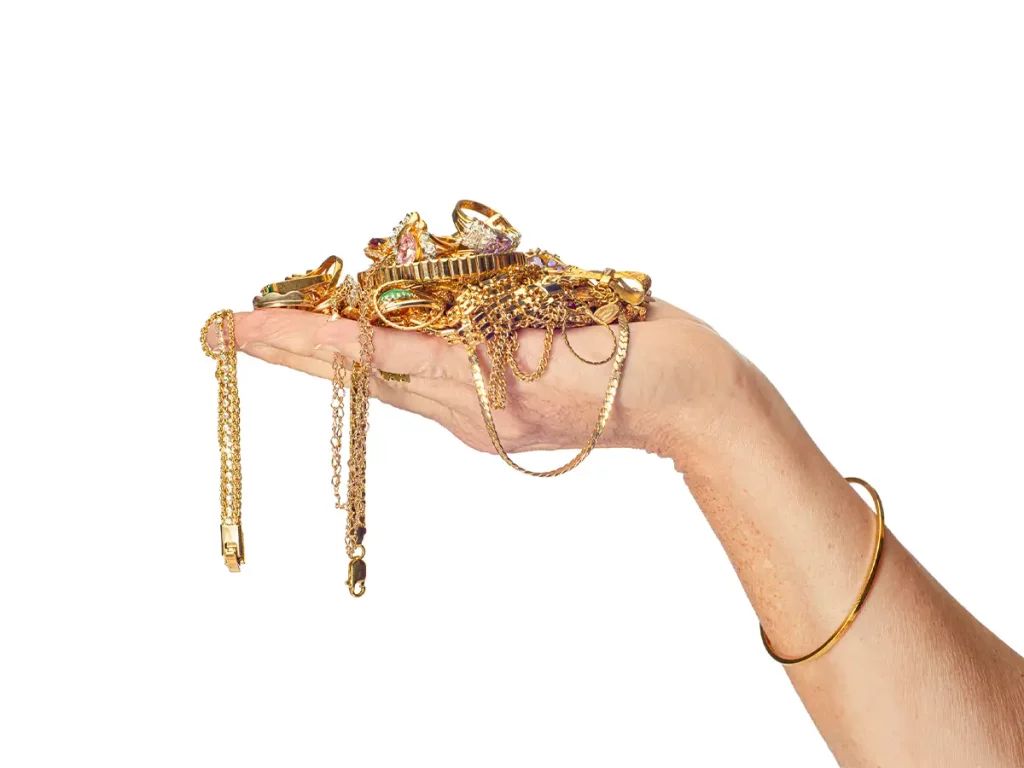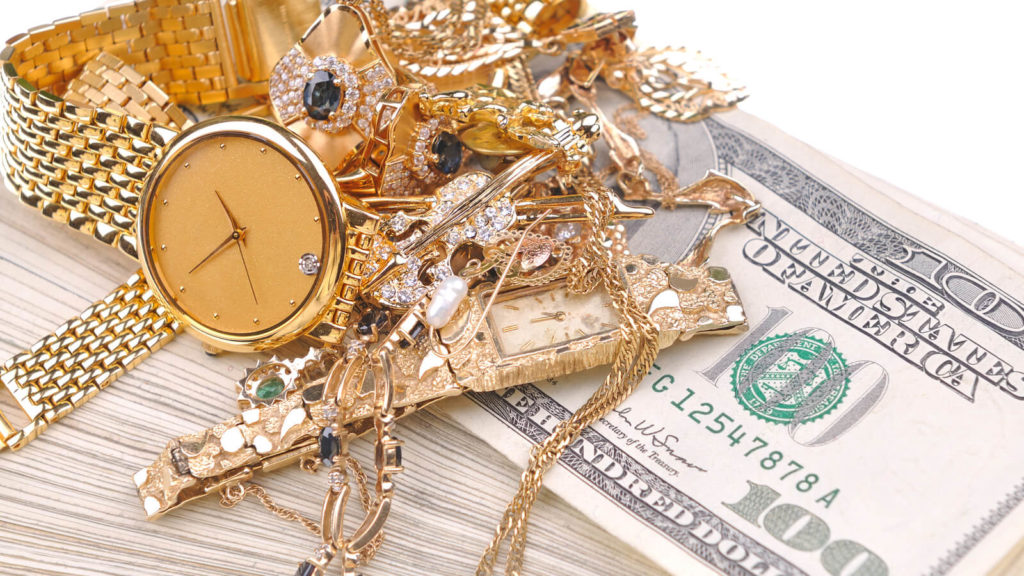Introduction
For centuries, jewellery has been more than a symbol of beauty and status—it has also served as a store of wealth. From gold coins to diamond heirlooms, people have turned to precious metals and gemstones not only to adorn themselves but also to preserve financial security in uncertain times. But in today’s fast-changing economy, where digital assets and stock markets dominate headlines, an important question arises: do diamonds and gold still hold their value as investments?
The Timeless Appeal of Gold

Gold has stood the test of time as one of the most reliable and universally trusted investment assets. Unlike stocks, bonds, or currencies, which can rise and fall with the performance of governments, corporations, or economies, gold derives its value from something far more fundamental—global demand and inherent scarcity. For centuries, civilizations have treasured gold as a symbol of wealth and stability, and that reputation hasn’t changed. In fact, when inflation spikes, currencies weaken, or stock markets fluctuate, investors continue to turn to gold as a classic “safe haven” asset.
What makes gold particularly remarkable is its physical permanence. Unlike paper money, which can devalue, or digital assets, which rely on volatile technology and systems, gold is tangible and enduring. It does not corrode, tarnish, or lose its luster with time, meaning its beauty and value remain intact across generations. Gold jewellery, especially in higher purities like 22K or 24K, holds significant intrinsic value. Even if styles change, the metal itself can be melted down, repurposed, or sold based on its weight and purity.
This gives gold jewellery a unique dual advantage—it serves as a beautiful, wearable expression of style and culture while simultaneously functioning as a form of wealth preservation. Whether passed down as heirlooms, worn daily, or stored for future financial security, gold remains both a luxury and a safeguard in uncertain times.
Diamonds: A More Complex Investment
Diamonds, by contrast, offer a more complex and nuanced investment profile. While gold has a standardized value that can be measured by weight and purity, diamonds are far less uniform. Their worth is determined by the 4Cs—cut, color, clarity, and carat weight—a grading system that makes each stone unique. A diamond of exceptional quality, particularly one that scores highly across all four factors, can appreciate significantly over time. Rarity also plays a crucial role; stones with exceptional brilliance or unusual characteristics tend to hold greater long-term value.
That said, diamonds do not have the same universal liquidity as gold. Whereas gold can be sold almost instantly based on its weight and karat, diamonds often require a professional appraisal and certification before resale. Even then, many sellers find that resale prices are lower than retail purchase prices, primarily due to market markups and varying buyer demand. This makes diamond investing more complex and less straightforward for those seeking quick liquidity.
However, certain categories of diamonds have proven to be exceptional performers in the investment world. Rare colored diamonds, such as pink, blue, and vivid yellow stones, have captured strong interest at international auctions, sometimes achieving record-breaking prices. In fact, these rare gems have, in some cases, outperformed traditional assets like real estate and stocks, making them highly coveted by collectors and investors alike.
Ultimately, diamonds may not be as universally dependable as gold, but when chosen wisely—especially rare or investment-grade stones—they can serve as a luxury asset with substantial long-term potential.
Jewellery vs. Bullion: The Investment Difference
It’s crucial to understand that gold jewellery and gold bullion are not identical forms of investment, even though both are rooted in the same precious metal. Gold bullion—whether in the form of bars or coins—reflects the pure market value of gold, making it straightforward to price and liquidate. Jewellery, however, is more complex. Alongside the gold content, it carries added costs for craftsmanship, artistry, design, and retail markups. While these elements enhance its sentimental and aesthetic appeal, they don’t necessarily guarantee higher resale profits. In fact, when selling jewellery, many buyers focus primarily on the melt value of the gold, often disregarding the design unless it comes from a recognized luxury brand.
The same holds true for diamonds. While unbranded diamond jewellery may lose a portion of its retail value upon resale, branded pieces from prestigious names like Cartier, Tiffany & Co., or Harry Winston can command lasting premiums. These brands offer more than just gemstones—they provide assurance of quality, exclusivity, and timeless design, which helps retain value over time. This means that when buying jewellery as an investment, it’s not only the intrinsic value of the materials (the gold weight or diamond grade) that matters, but also the market value of design, craftsmanship, and brand recognition.
In essence, investors should approach jewellery with a balanced perspective—seeing it as both a tangible store of wealth and a luxury item influenced by fashion, artistry, and reputation. Choosing wisely, with attention to both material purity and brand credibility, can make the difference between jewellery that simply looks beautiful and jewellery that also performs as a long-term asset.
Jewellery as a Hedge Against Uncertainty
Jewellery continues to serve as a reliable hedge in times of uncertainty, despite the complexities of the market. Across Asia and the Middle East, families recognize gold bangles, necklaces, and rings not just as decorative items but as portable wealth. They pass these pieces down through generations and rely on them as financial safety nets that they can quickly liquidate in times of crisis. This cultural tradition actively demonstrates jewellery’s enduring role as a store of value, even when economic conditions turn unstable.
For today’s investors, jewellery offers something that few other assets can match: a combination of emotional satisfaction and financial security. Owning a gold chain or a diamond ring isn’t just about financial hedging—it’s about enjoying beauty, craftsmanship, and the personal meaning attached to each piece. Unlike stocks or cryptocurrencies, which sit invisibly in accounts or digital wallets, jewellery is tangible and wearable. It provides daily enjoyment while retaining intrinsic value based on the materials themselves. This dual function—luxury and investment—ensures that jewellery continues to appeal to those seeking stability while still valuing self-expression and style.
Should You Invest in Jewellery Today?
Ultimately, the choice between investing in bullion, coins, or fine jewellery comes down to your personal goals and priorities. If your main concern is liquidity and direct market value, gold bullion or coins offer the most straightforward path. Their pricing is standardized and directly tied to global markets, making them easy to sell or trade almost anywhere in the world. For those who view gold strictly as a safeguard against inflation or financial instability, bullion remains the most efficient vehicle.
On the other hand, if you’re seeking an investment that also carries wearable beauty, sentimental value, and the potential for unique appreciation, fine jewellery offers something bullion cannot. A pair of diamond earrings or a gold bracelet is more than just an asset—it’s a personal statement, a family heirloom in the making, and in some cases, a collector’s item that may rise in value due to rarity, craftsmanship, or fashion trends. This blend of emotional and financial return makes jewellery particularly appealing to those who want their wealth to be both seen and enjoyed.
Whichever path you choose, the guiding principle should always be quality over quantity. For gold, this means selecting higher purities such as 22K or 24K, which retain more intrinsic value. For diamonds, it means focusing on high grades in the 4Cs—cut, color, clarity, and carat weight—and ensuring certification from a reputable authority like GIA. Finally, craftsmanship matters just as much as materials; a well-made piece will stand the test of time, both in durability and desirability. By emphasizing quality, you ensure that your jewellery not only sparkles today but also endures as a secure, long-term asset for the future.
Also Read: How to Verify Jewellery Purity Before You Buy
Final Thoughts
Jewellery has always straddled the line between luxury and investment. While gold continues to shine as a trusted store of wealth, diamonds offer potential—albeit with more complexity. In a world of digital currencies and volatile markets, gold and diamonds prove that some treasures are timeless, both in beauty and in value.

